Robert Parker
Robert Parker este un critic de vin din SUA. Evaluarile sale de vin pe o scara de 100 de puncte.
Daca esti aici, stim deja ca iti plac vinurile bune.
Vrei sa povestesti pe site despre pasiunea ta?
Recenziile expertului Robert Parker
-
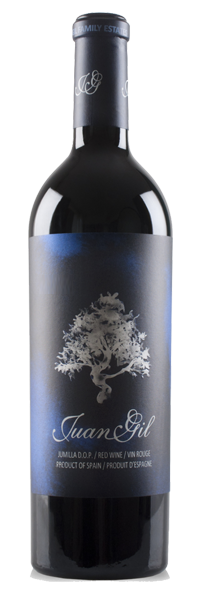
JUAN GIL BLUE LABEL 2022-Bodegas Juan Gil
The oak of the 2021 Juan Gil (blue label) is subtler and feels more integrated into the wine. It's a fresher year of wines with more freshness and better balance, more elegance and length. It has 15.5% alcohol and finishes dry. 30,000 bottles produced.
-
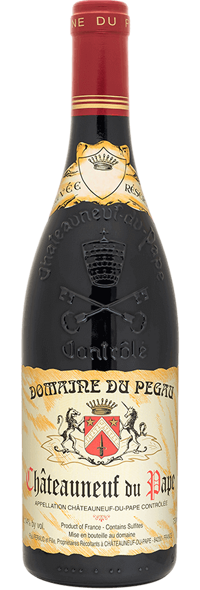
CUVEE RESERVEE CHATEAUNEUF DU PAPE 2019-Domaine du Pegau
As I wrote previously, the 2019 Châteauneuf du Pape Cuvée Réservée looks set to rival the best examples of this bottling. Made up of approximately 80% Grenache, with 6% Syrah, 4% Mourvèdre and smaller amounts of other permitted varieties, it's impressively complex on the nose, with scents of black cherries, blackberries and black olives, plus mysterious wafts of violets and garrigue. Full-bodied, rich and concentrated, it finishes long and velvety, a sure-fire bet for cellaring. It's gratifying to see wines evolve as expected during their élevage and make it into bottle just as remembered.
-
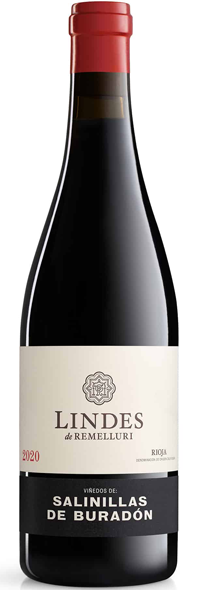
SALINILLAS DE BURADON 2020-Remelluri
The 2020 Lindes de Remelluri Viñedos de Salinillas de Buradón, a parish of Labastida, was produced with a blend of 91% Tempranillo, 4% Garnacha and 5% other varieties from south-facing vineyards behind the Sierra de la Cantabria, the last vineyards that they recovered on quartz salt, gypsum and red clay soils. These are the last grapes to be picked, and the wine has 14.22% alcohol but doesn't show any heat. It comes through as serious, shy and austere, a little closed at first. The tannins are a little rustic, but the wine has a strong mineral streak that made it my favorite from the lot. 20,114 bottles produced.
-
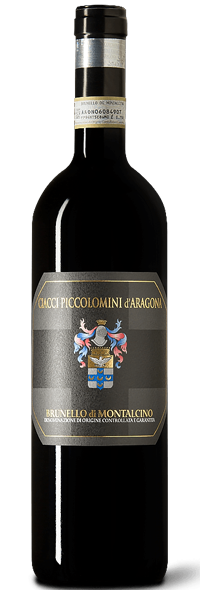
CIACCI PICCOLOMINI BRUNELLO DI MONTALCINO 2020-Ciacci Piccolomini d'Aragona
The Ciacci Piccolomini d'Aragona 2020 Brunello di Montalcino is a grippy, lifted wine with aromas of black fruit, crushed stone, grilled rosemary and lavender. The wine reveals a meaty and ripe texture with chewy fruit flavors in this hot vintage. The high 15% alcohol content makes for a less elegant drinking experience.
-
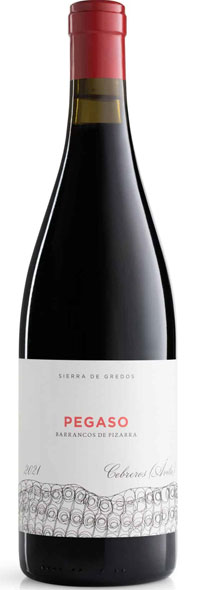
PEGASO BARRANCOS DE PIZARRA 2021-Telmo Rodriguez
The 2021 Pegaso Barrancos de Pizarra comes from the vines on the mid slope and has a very elegant, fragrant nose with notes of concentrated violet and a solid palate. The slate tannins give a talcum powder texture, and the wine opens up in the mid-palate, making it very expansive. In the long term, it seems like the slate gives a better palate and the granite is more nose. Given the longer cycle and slow ripeness of the grapes, the wine has contained ripeness and 14.5% alcohol and is more polished and with integrated acidity. This has the combination of the cooler year and the resilience of the slate soils, coming through as complex and elegant, powerful and concentrated but with an ethereal side to it too. Bravo!
-
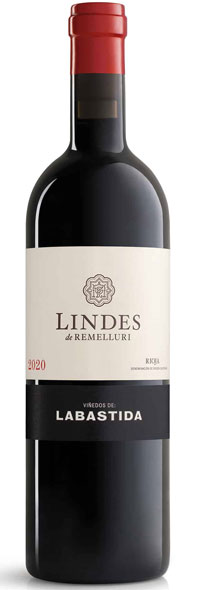
LINDES DE REMELLURI LABASTIDA 2020-Remelluri
The Lindes collection comes alternately in Bordeaux and Burgundy bottles, depending on the amount of Garnacha in the wine, with a Burgundian bottle for the wines with more Garnacha. The new 2020 Lindes de Remelluri Viñedos de Labastida is made with grapes from 11 grape growers in the village with different lieux-dits ranging from 440 to 710 meters above sea level, and the final blend was 89% Tempranillo, 6% Graciano and 5% Garnacha. The winemaking and aging were similar for all the wines to highlight the differences from the places, in this case, the character of Labastida, which is more floral and with more finesse than San Vicente, more serious, more delicate but not without clout. This has 14.12% alcohol.
-
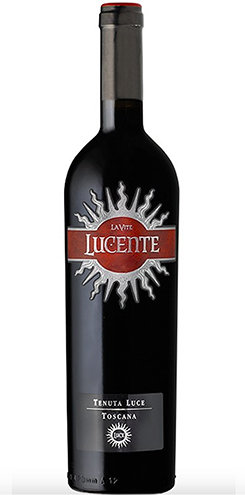
LUCENTE 2020-Luce della Vite
The barrique-aged Tenuta Luce 2020 Lucente is a very well-priced blend of Merlot and Sangiovese. The wine shows a medium to full-bodied approach with sweet cherry, raspberry tart, almond cake and perfumed redwood or cedar smoke. It offers a contemporary style and soft texture that wraps fully over the palate. This is a handy, versatile wine to pair with a good many of your favorite Italian foods.
-
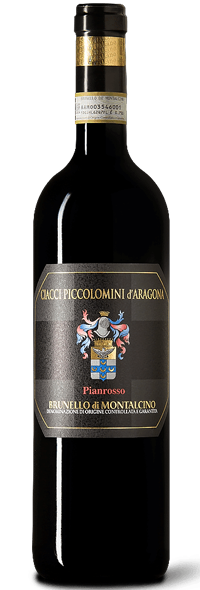
PIANROSSO BRUNELLO DI MONTALCINO 2019-Ciacci Piccolomini d'Aragona
The Ciacci Piccolomini d'Aragona 2019 Brunello di Montalcino Pianrosso opens to a wide and all-encompassing bouquet with dried cherry or cherry pie with the crust, plum tart and rose potpourri. There are evident oak tones, but they fold into underbrush, grilled herb and the generous texture of this wine. Likewise, the 15% alcohol content also neatly disappears into the wine's fleshy fruit consistency. For sure, this is a wine that needs more bottle evolution in order to hone in on the silkiness and pretty freshness of such an important Sangiovese.
-
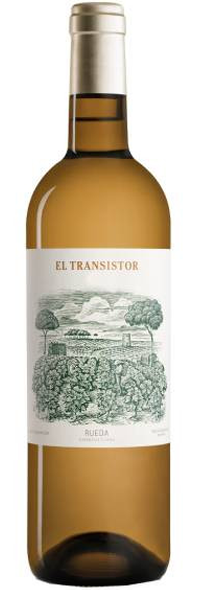
EL TRANSISTOR 2022-Telmo Rodriguez
There is a flinty and smoky twist in the 2022 El Transistor, a pure Verdejo from stony soils. It fermented with indigenous yeasts in barriques, foudres and concrete vats, where it matured after six or seven months. To keep the freshness, the whites from Rueda don't go through malolactic fermentation, and this kept a healthy level of acidity and pH (3.33), while the alcohol was 13%. This is rich without excess and fills your mouth, and it has the chalky texture from the limestone rich soils. Tasty.
-
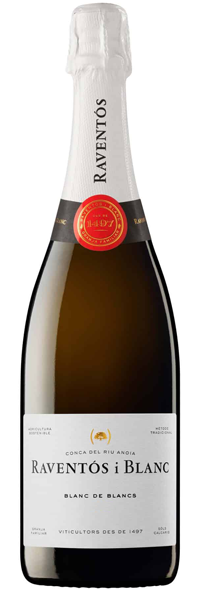
RAVENTOS I BLANC BLANC DE BLANCS 2022-Raventos i Blanc
The 2022 Blanc de Blancs comes from the lower terraces of the property and grapes purchased from local growers. It's a blend of 50% Xarel.lo, 30% Macabeo, 15% Parellada and 5% Malvasía de Sitges that refermented in bottle where it was kept with the lees for at least 18 months. It has a pale and bright color with some green tints denoting youth and is clean and fruit-driven with a Mediterranean nose with notes of fennel and aromatic herbs and a tasty palate. It gives good pleasure for the price; it has tension, balance and fruit but is not heavy and has a tasty, almost salty twist in the finish. This is pure, clean and pleasant, complex and expressive beyond its price point. 210,000 bottles produced.
-
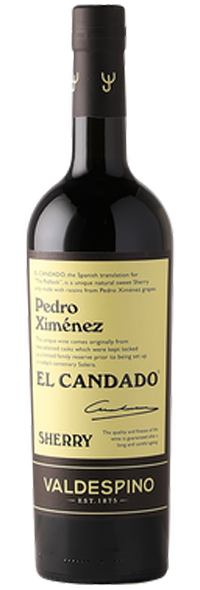
EL CANDADO PEDRO XIMENEZ SHERRY-Valdespino
The NV El Candado Pedro Ximenez, produced from sun-dried Pedro Ximenez grapes for two weeks, and aged in a solera for an average of 8-10 years, is bottled with 400 grams of sugar and 17% alcohol. Mahogany color, the nose is a symphony of candied, dried fruits, raisins, figs and dates. The palate is clean, very sweet and spicy, and should be consumed quite fresh (10 degreess C), with chocolate dessert (or as a dessert in itself). I’ve often called Valdespino “the Romanee-Conti of Jerez.” Well, there, I’ve said it. To me they represent quality and tradition at the very top of the Sherry hierarchy. The winery, soleras and brands are old, registered in 1875, but with documentation about their commercial and winegrowing activities going back to the 13th century. Their recent history starts in 1999, when Jose Estevez purchases the company from the Valdespino family. Today Valdespino is the jewel in the crown of the Grupo Estevez, which also includes Real Tesoro and La Guita, who stock and age 35,000 botas of Sherry and own 800 hectares of vineyards, 56 of which come from the Pago Macharnudo, on pure white albariza soil, one of the best vineyards in the Marco de Jerez, and 17 hectares from the heart of Macharnudo are still fermented in bota today and form the core of brands like Inocente, Tio Diego, CP or Cardenal. All the wines were carefully and slowly moved to the new facilities of the Grupo Estevez on the outskirts of Jerez, where they continue their development under the supervision of Eduardo Ojeda, technical director, winemaker, who as a wine-lover is very aware of his role preserving these old soleras, wines and traditions.
-

CIACCI BRUNELLO DI MONTALCINO 2019-Ciacci Piccolomini d'Aragona
There's no mistaking this wine for anything but Brunello. The Ciacci Piccolomini d'Aragona 2019 Brunello di Montalcino shows beautiful continuity, crescendoing on the nose and palate in synchronicity. There are aromas of grilled watermelon, red cherry, garden herb and violet, and there is a charred note that recalls the toasted oak. The bouquet balances out beautifully, but you do get considerably more power on the palate thanks to the oomph of 15% alcohol and young tannins that get under your gums. Give this wine a few more years of bottle age.
